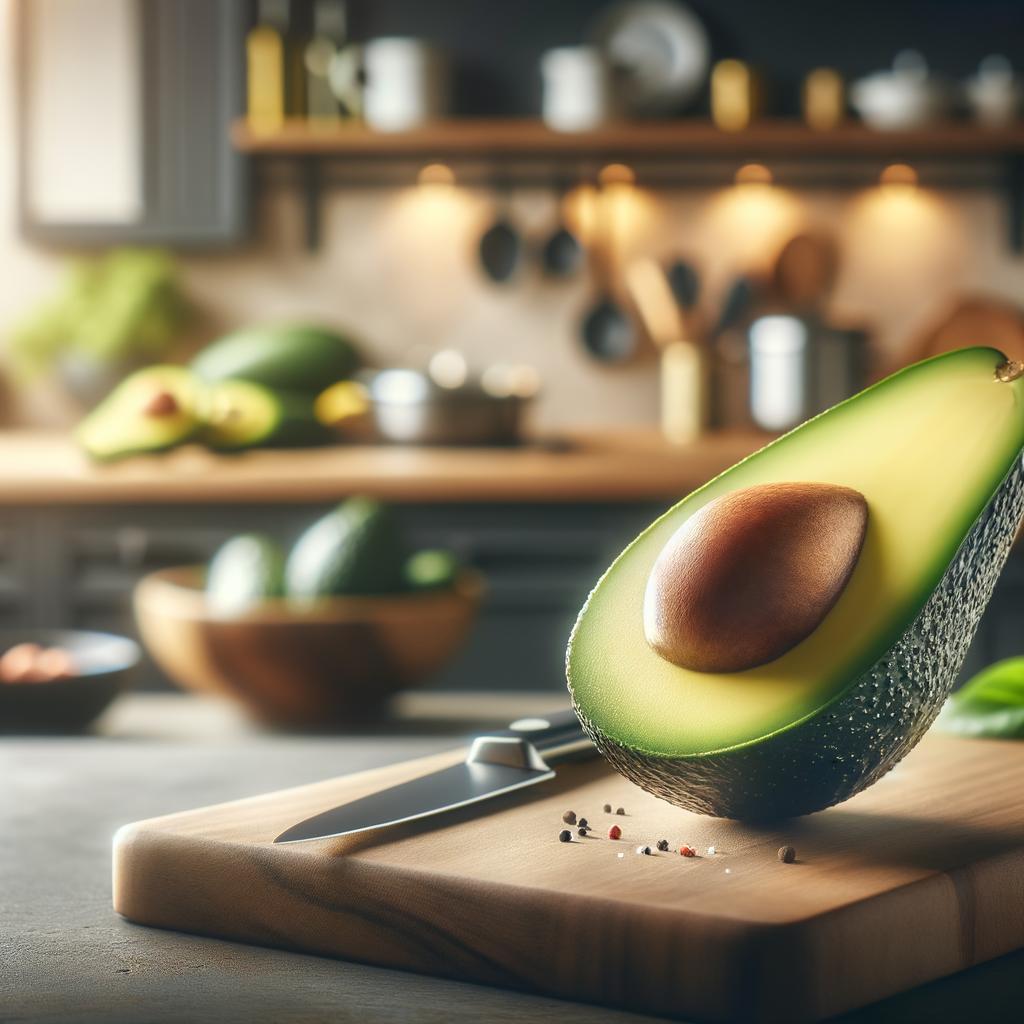Sliced Avocado

Description
Allow me to introduce you to the vibrant, velvety world of the sliced avocado. These emerald slices are a sight to behold, with their buttery texture and a flavor profile that is subtly nutty, yet distinctly fresh. The outer skin is a deep, rich green, while the flesh inside ranges from a pale lime to a brilliant chartreuse. Unique among fruits for its high fat content, the avocado sets itself apart with its creamy texture that can add richness to a wide variety of dishes.
Primary Uses
Sliced avocado is a versatile ingredient that graces many a dish with its presence. It's the star of the show in Mexican guacamole, a key player in California sushi rolls, and the crowning glory atop many a gourmet sandwich. It's even found its way into desserts like ice cream and smoothies, providing a creamy, healthful base. Beyond the culinary world, avocado has found uses in skincare, being rich in nourishing oils that are beneficial for the skin.
History
The avocado has a rich history that dates back to as early as 10,000 B.C. in Central and South America. The Aztecs revered the avocado, believing it to have aphrodisiac properties. The name 'avocado' itself comes from the Nahuatl word 'āhuacatl', meaning 'testicle', possibly due to the fruit's shape or its perceived ability to enhance fertility. Over the centuries, the avocado has journeyed from these ancient civilizations to become a beloved ingredient worldwide, with its popularity only increasing in recent times.
Nutritional Information
The humble avocado is a nutritional powerhouse, packed with heart-healthy monounsaturated fats, fiber, and an array of vitamins and minerals, including vitamin K, vitamin E, and potassium. Despite its high fat content, the fats in avocado are healthy fats that can help lower bad cholesterol levels. Compared to other fruits, the avocado stands out with its high protein content. However, due to its high calorie content, it should be enjoyed in moderation as part of a balanced diet.

